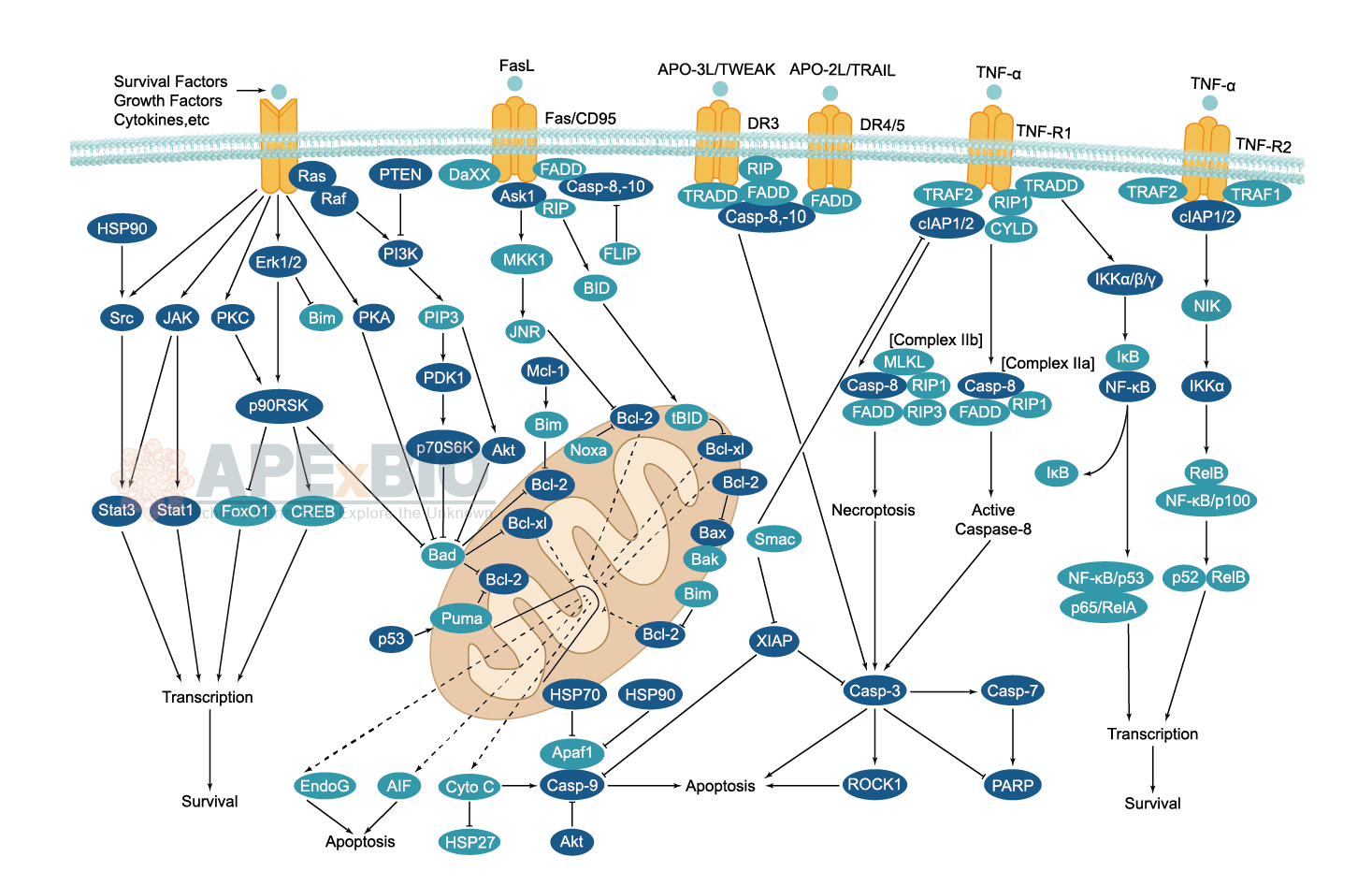Apoptosis
Apoptosis, also known as programmed cell death, is rigorously controlled process of cell death that leads to phagocytosis of unwanted cell. It is triggered after sufficient cellular damage and activated through extrinsic or intrinsic pathways. The intrinsic pathway is mainly occurs via release of cytochrome c from the mitochondria and regulates mitochondrial outer membrane permeabilization by Bcl-2 family proteins. The extrinsic pathway is induced by ligand binding to death receptor, such as Fas, TNFαR, DR3, DR4, and DR5. Caspases then cleave target proteins and nuclear lamins to promote DNA degradation, resulting apoptotic cells undergo phagocytosis. In addition, p53 has the ability to activate intrinsic and extrinsic pathways of apoptosis by inducing transcription of several proteins like Puma, Bid, Bax, TRAIL-R2, and CD95.
Some Inhibitors of apoptosis proteins (IAPs), such as XIAP/BIRC4 and Bruce/BIRC6, can block casapse activity through direct binding, while other IAPs, such as cIAP1/BIRC2, cIAP2/BIRC3, act as ubiquitin ligases that target caspases for ubiquitin-mediated degradation. Apoptosis is essential for growth, development and aging in multicellular organisms. Any alterations or abnormalities occurring in apoptotic processes contribute to development of human diseases, including cancer.
-
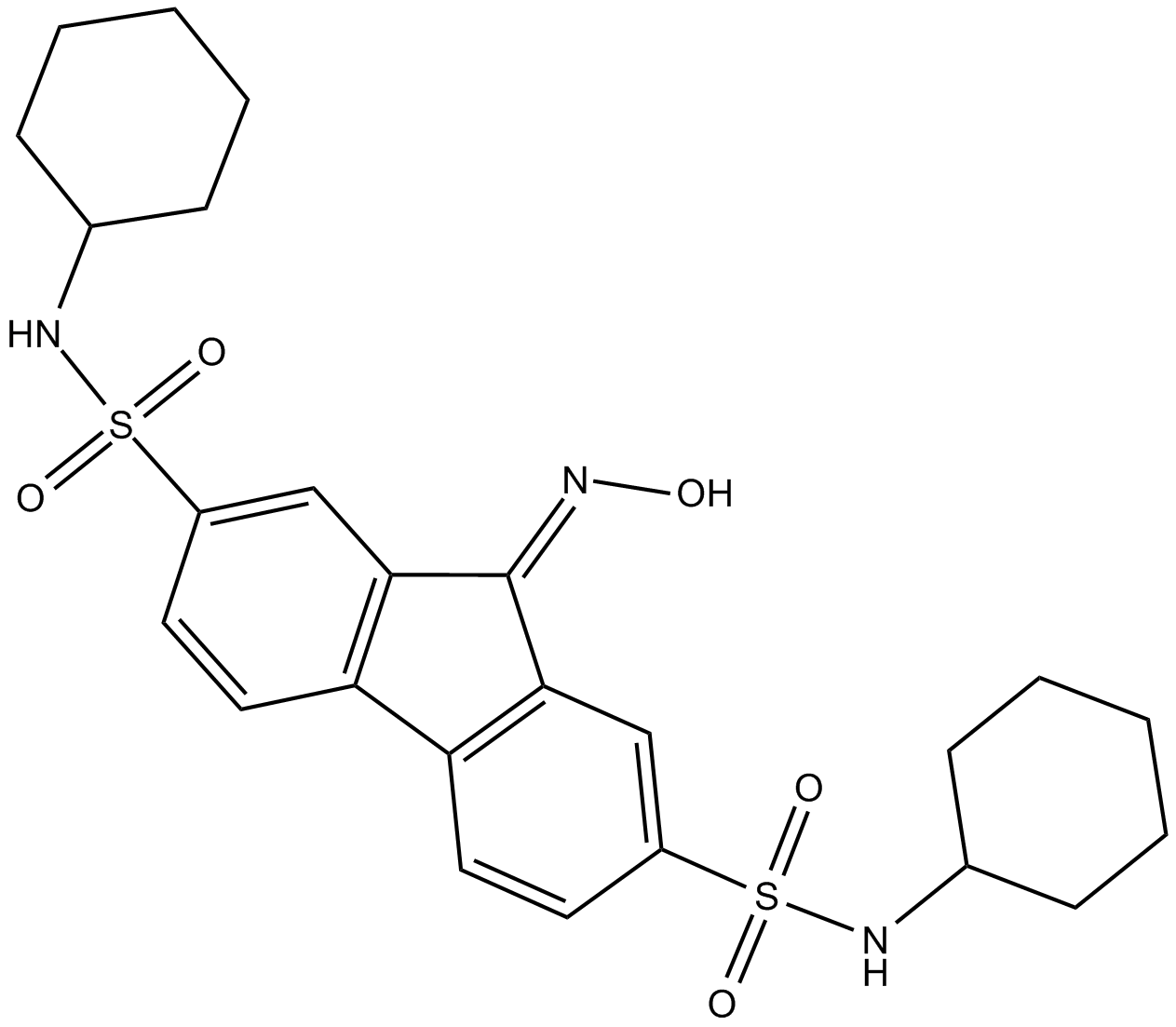 B8472 FIN56
B8472 FIN56 -
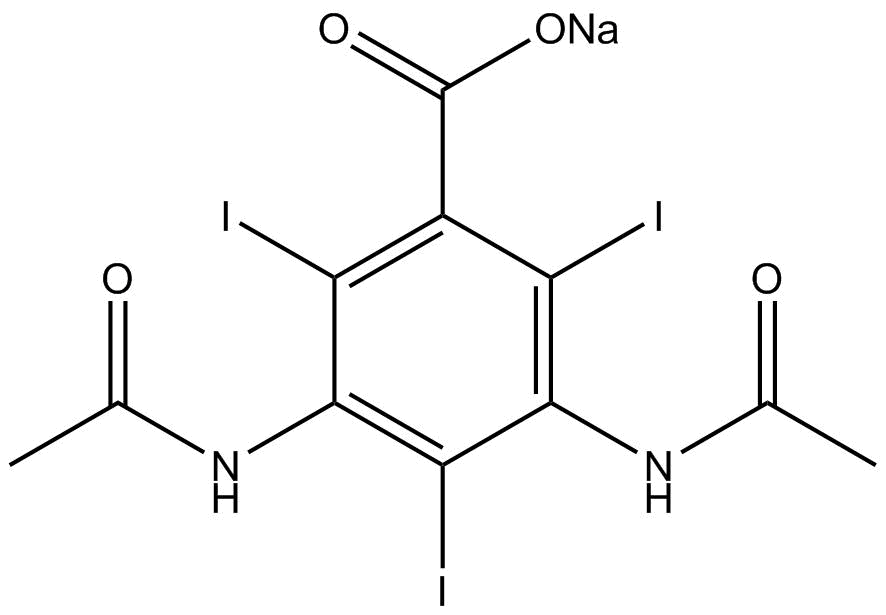 C6526 Diatrizoate sodium
C6526 Diatrizoate sodium -
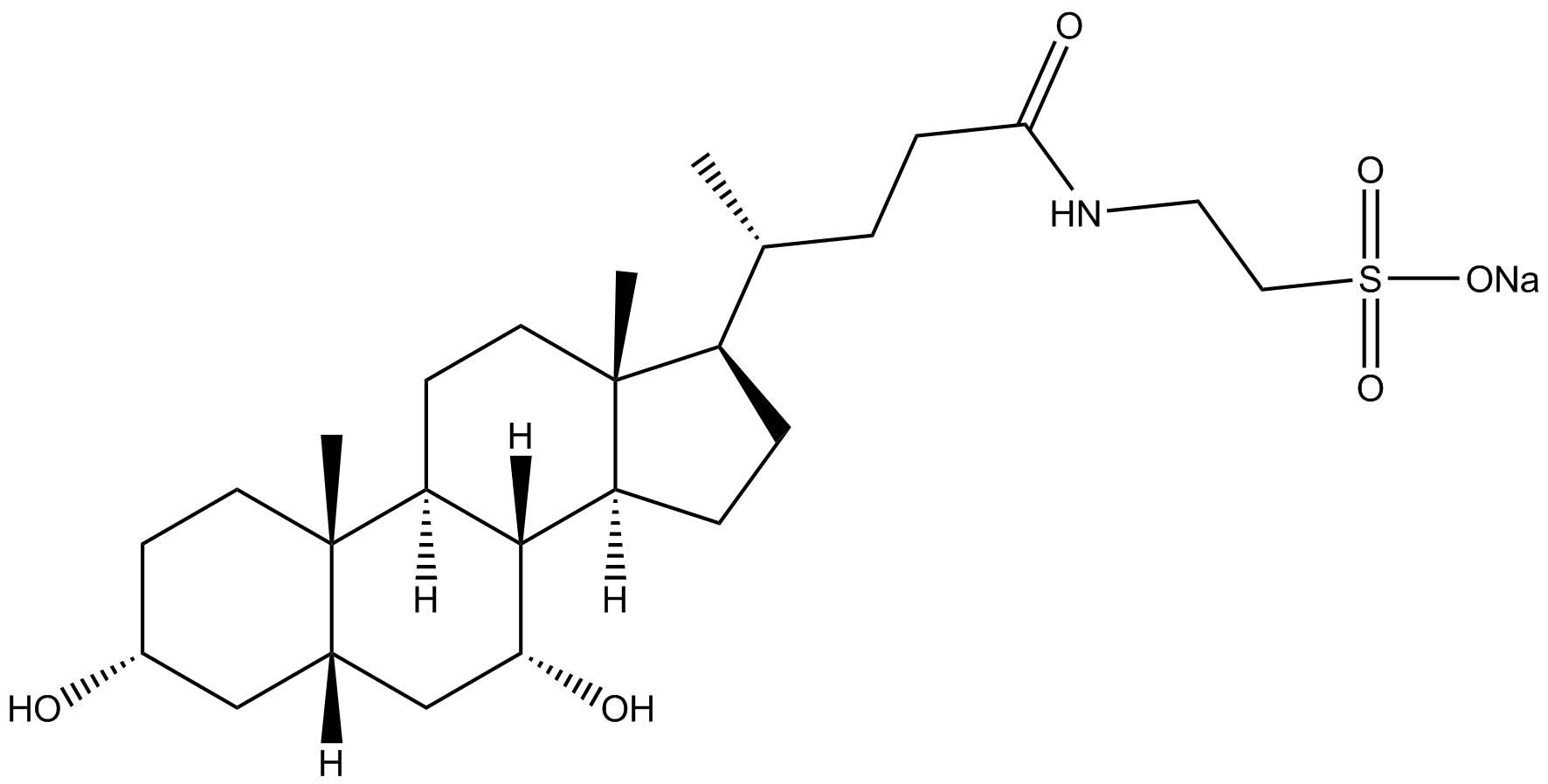 C6591 Taurochenodeoxycholic acid sodium salt
C6591 Taurochenodeoxycholic acid sodium salt -
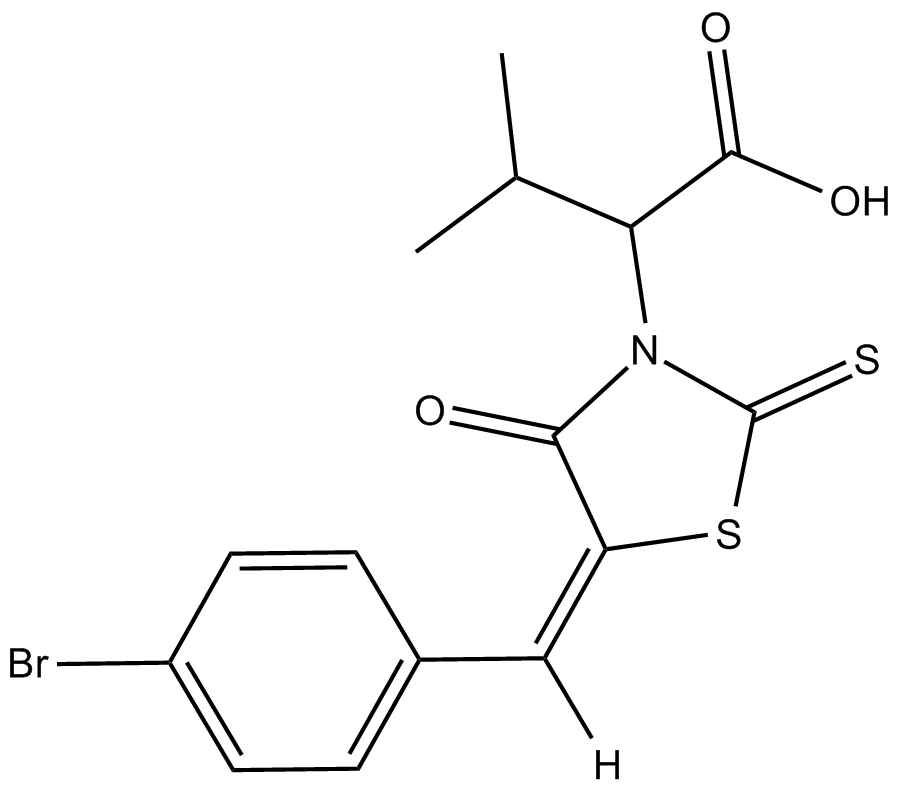 B6094 BH3I-1Summary: Bcl-2 or Bcl-XL inhibitor
B6094 BH3I-1Summary: Bcl-2 or Bcl-XL inhibitor -
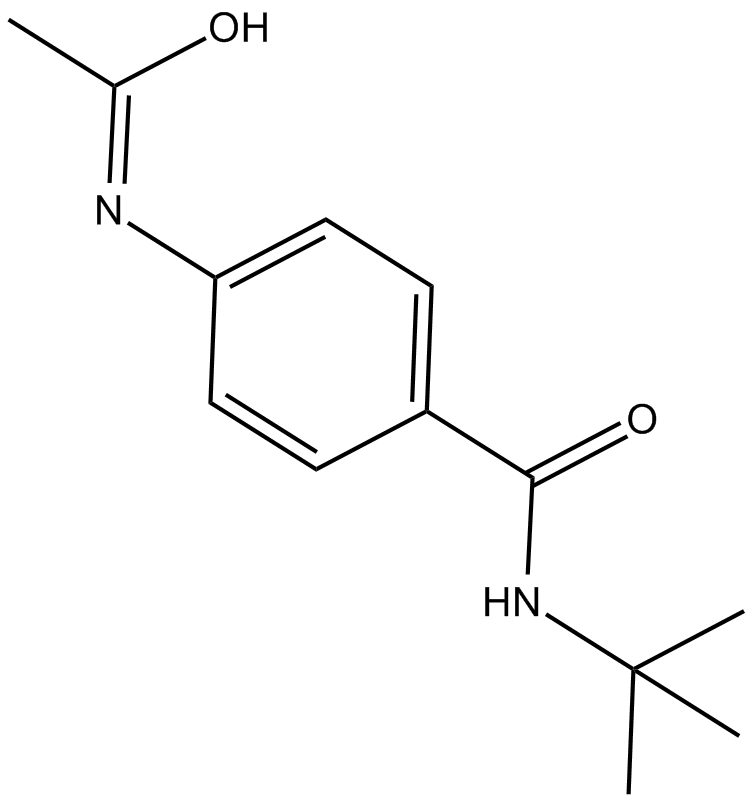 B6109 CPI-1189Summary: necrosis factor (TNF) alpha inhibitor
B6109 CPI-1189Summary: necrosis factor (TNF) alpha inhibitor -
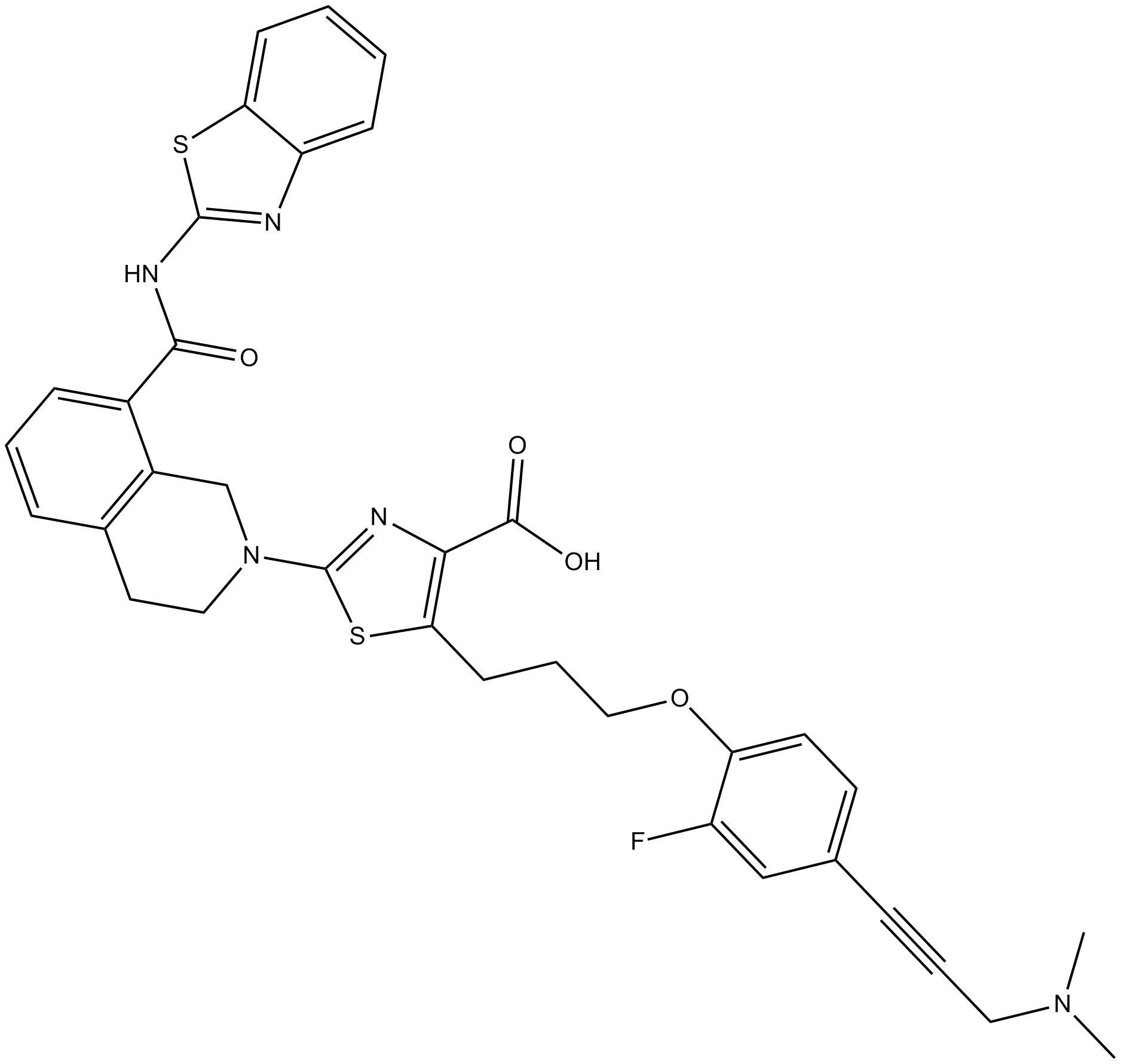 B6163 A-11554632 CitationSummary: BCL-XL inhibitor, potent and selective
B6163 A-11554632 CitationSummary: BCL-XL inhibitor, potent and selective -
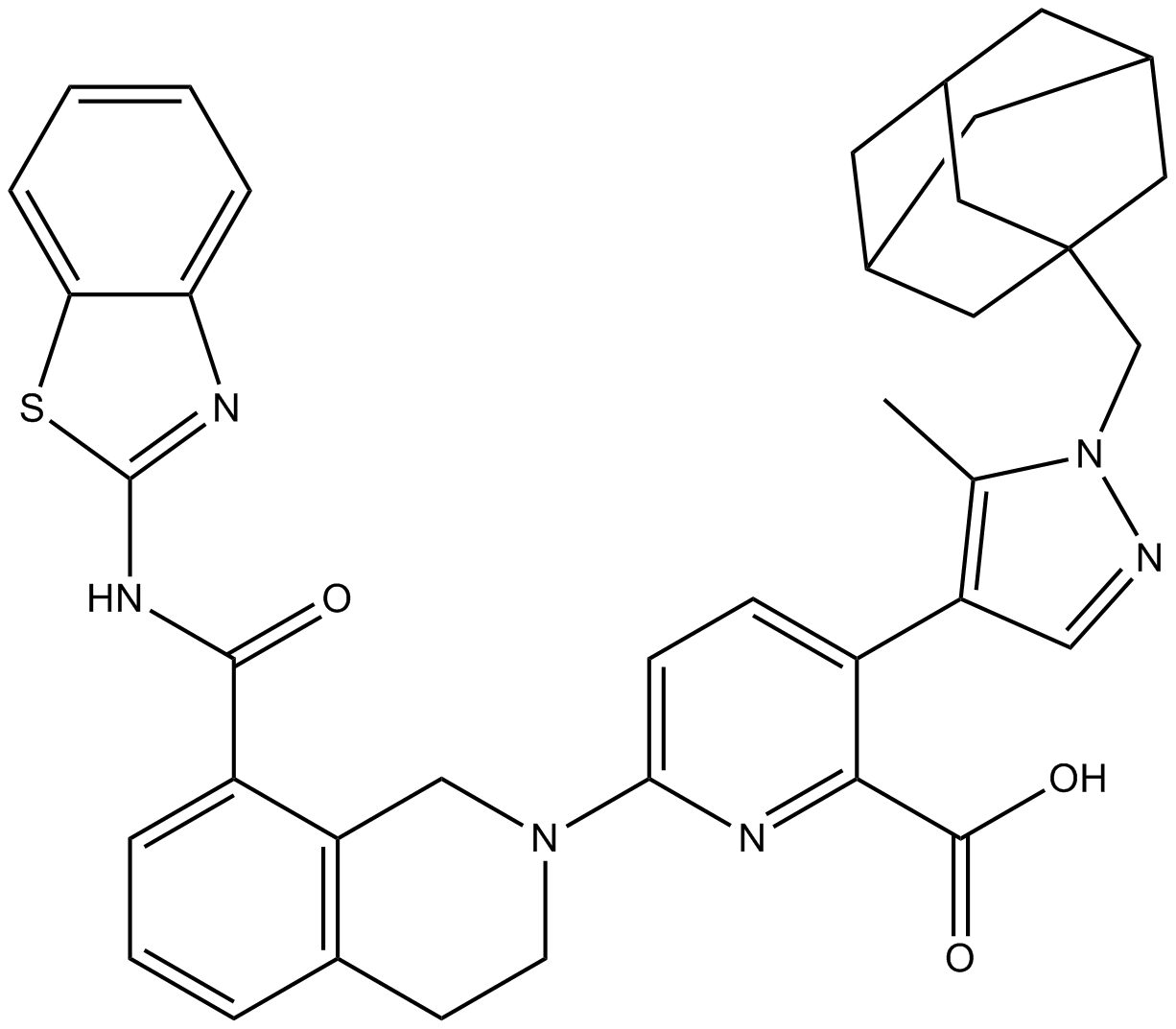 B6164 A-1331852Summary: BCL-XL inhibitor, potent and selective
B6164 A-1331852Summary: BCL-XL inhibitor, potent and selective -
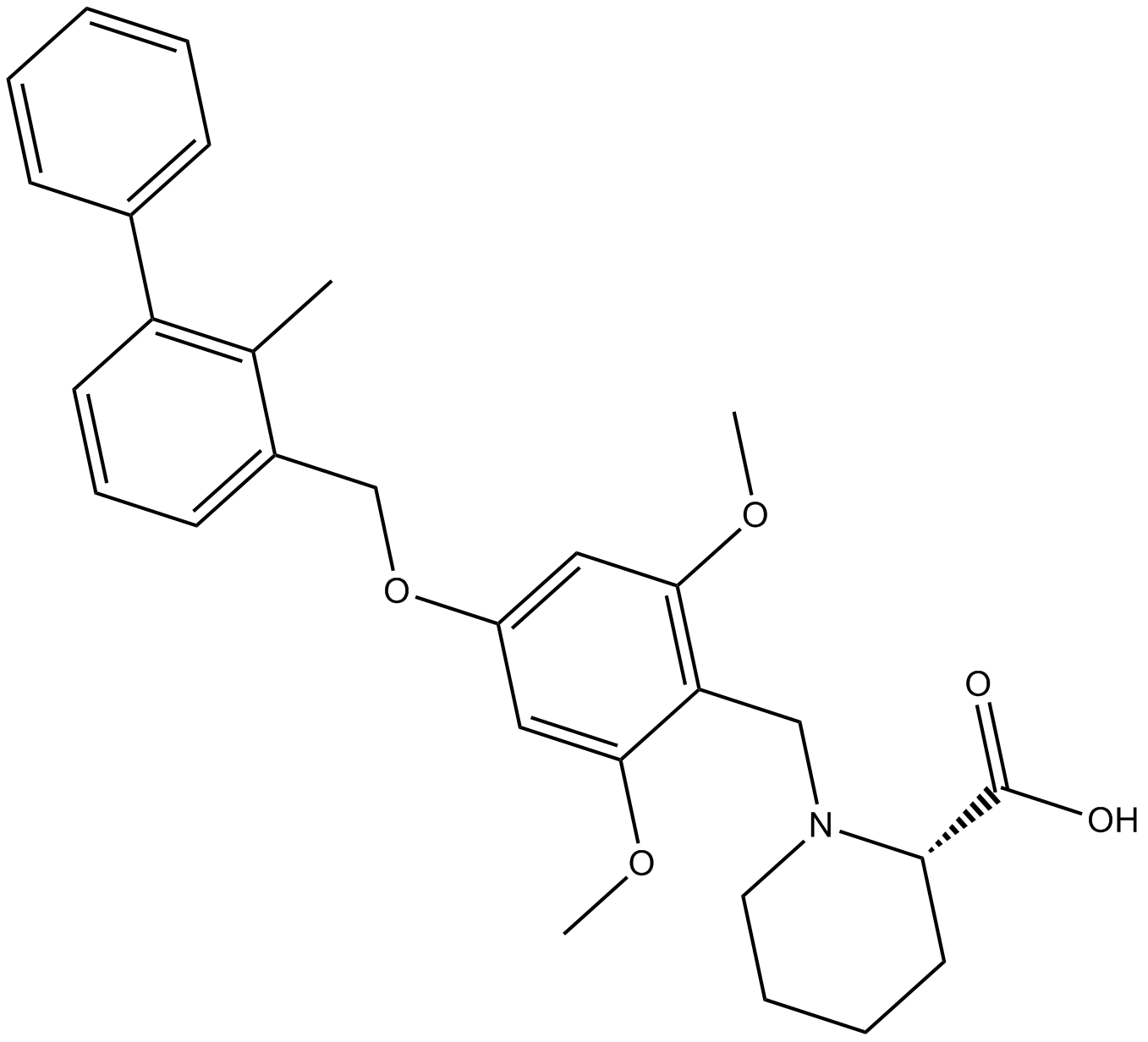 B6172 PD-1/PD-L1 inhibitor 1Summary: PD-1/PD-L1 interaction inhibitor
B6172 PD-1/PD-L1 inhibitor 1Summary: PD-1/PD-L1 interaction inhibitor -
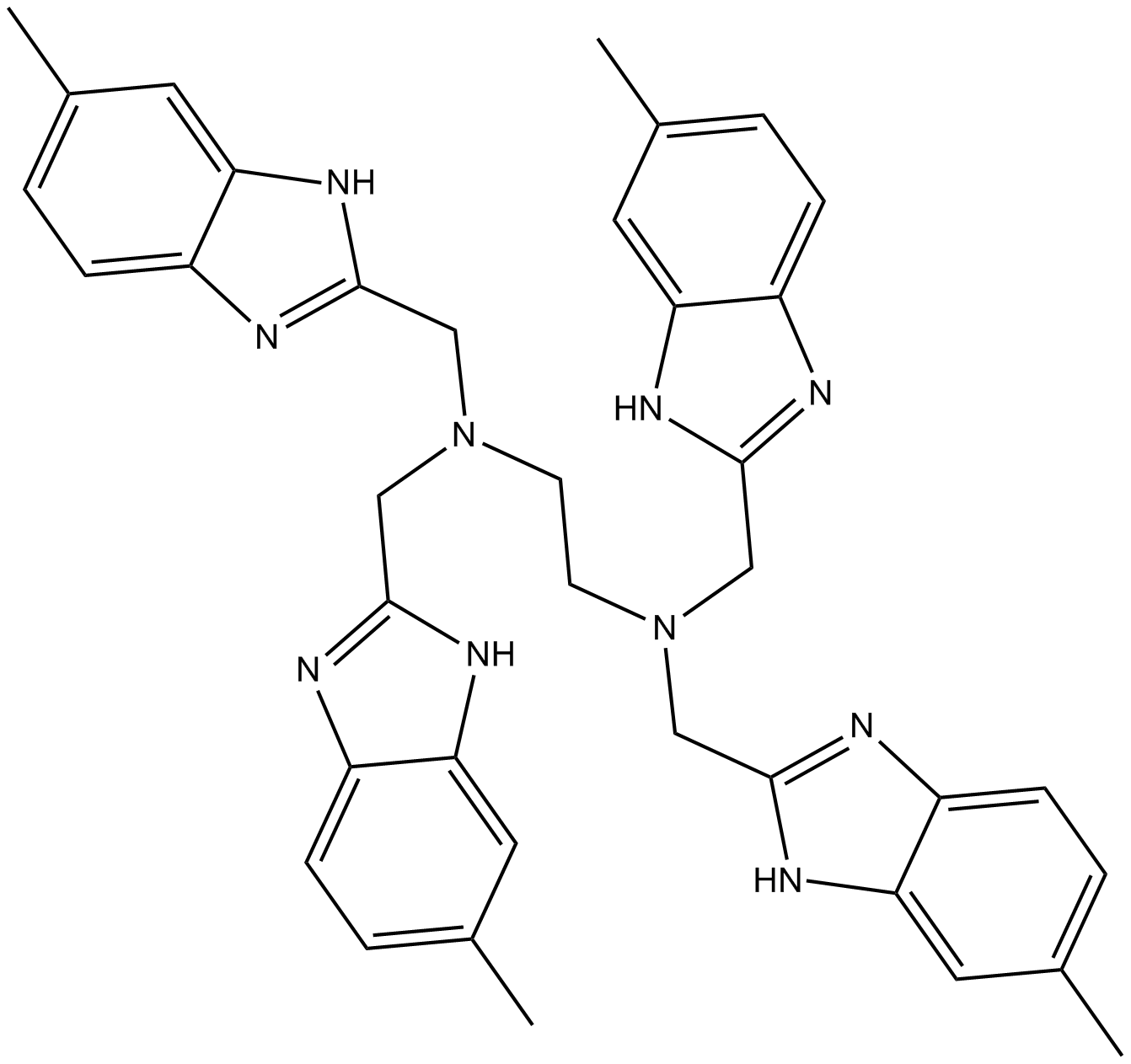 B6190 NSC348884Summary: nucleophosmin inhibitor
B6190 NSC348884Summary: nucleophosmin inhibitor -
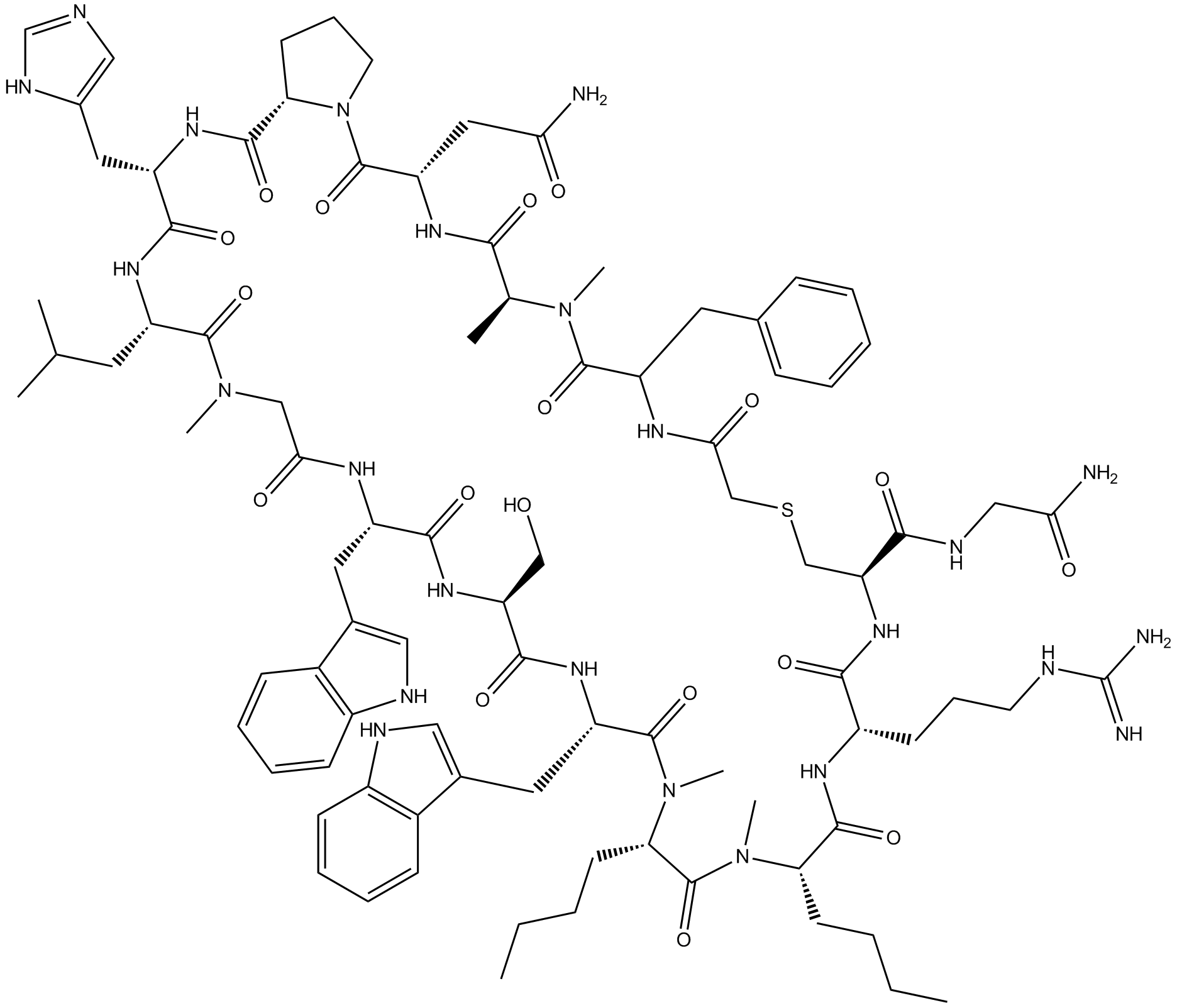 B6191 PD-1/PD-L1 Inhibitor 3Summary: PD-1/PD-L1 interaction inhibitor
B6191 PD-1/PD-L1 Inhibitor 3Summary: PD-1/PD-L1 interaction inhibitor



